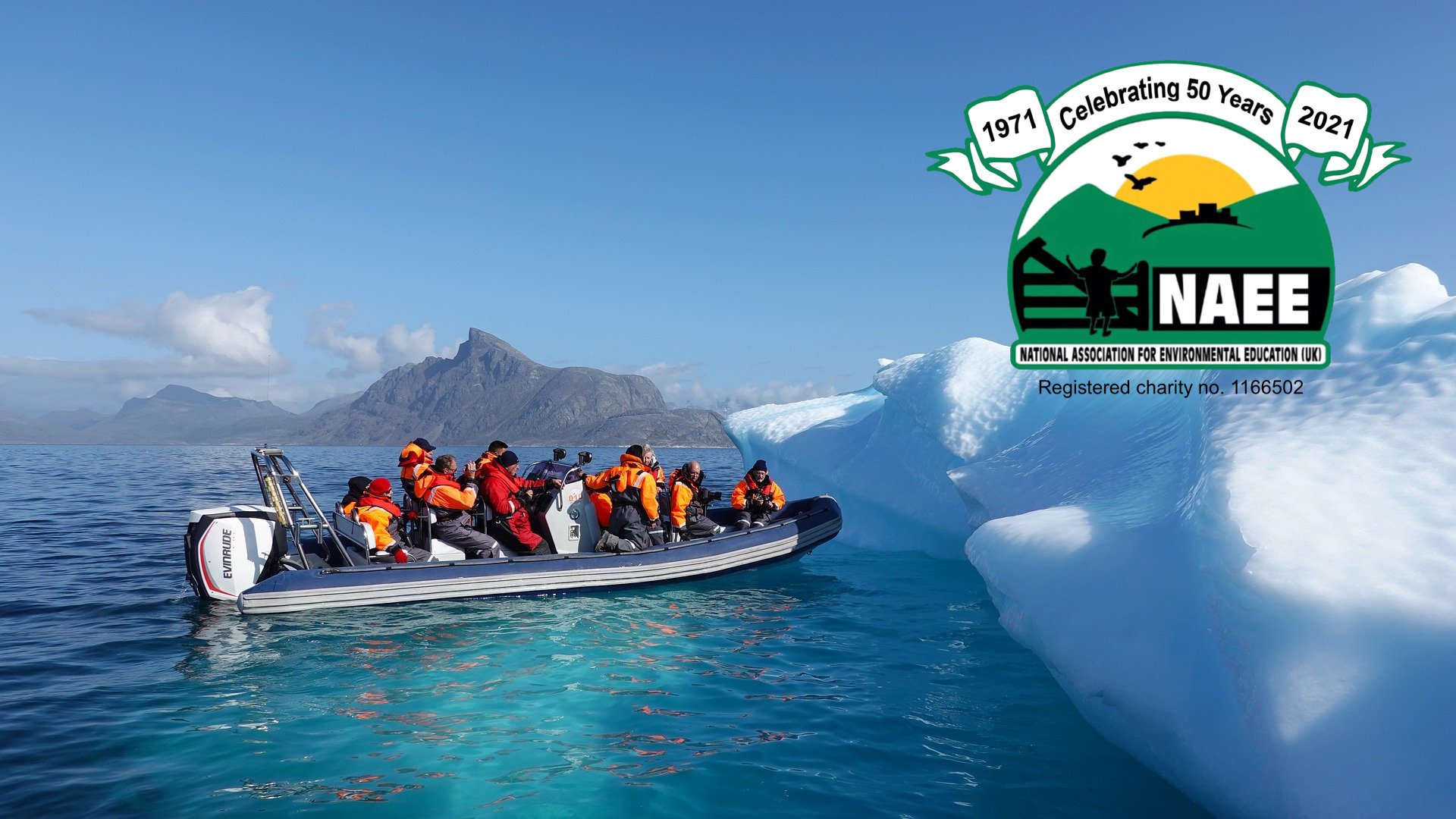Impacts of Climate Change (KS3/4)

By the National Association for Environmental Education
The Urgency of Climate Change Education
Young people in schools say that they want to learn more about climate change and the other environmental threats we face such as the destruction of habitats and the extinction of species. Whether you look at the recent three-day Youth4Climate Summit in Milan, the regular Friday school strikes across the world, the work of groups such as Teach the Future in the UK, the preparations for youth action at COP26, or activity in many individual schools, the message is the same: the learning opportunities provided in schools to learn about these hugely important environmental issues don’t meet the needs of students, teachers or, indeed, society.
Whilst it is true, as governments tend to say, that the curriculum does usually require the study of climate and climate change (see these resources which shows what is covered in the English national curriculum), this tends to be limited, restricted to certain subjects, and taught in a piecemeal, fragmented fashion. Further, research for Teach the Future shows that very many teachers are not confident enough in approaching these important issues.
Human concern about the effects we are having on the planet has a long history, and educational programmes focused on this began in the late 1960s. However, it is only since the 2015 Paris Agreement that school students have come to realise how poorly they are being prepared for a future that could look and feel very different from what they now know; a future that will likely be more unpredictable, more chaotic and much less fair. It was publicity about the action of Greta Thunberg, sitting in front of the Swedish parliament in 2018 to protest about the lack of government action about climate, that provided the catalyst for widespread student concern and action.
Students know that the threat posed by the global heating that is driving climate change is serious, and they take it personally as their generation will likely live with it into the 2080s and beyond. Moreover, many are driven to campaign because of climate injustice. They see climate change as making the world even more unfair, especially for those in the global South where people with the lowest carbon footprints are likely to suffer the most severe effects.
Young people don’t just want to learn about the science of climate and climate change, about how we know there is a problem, and about the scope for technological innovation. They want to be part of the solution to the problems, and they want their schools to help them prepare for this. Many schools already do this through lessons, first-hand investigations and practical activities, and by taking sustainability seriously as an organisation. Important and valuable though these are, young people also need skilled teaching that brings such activities together into coherent experiences that inform, inspire, motivate and empower them; that allow them to think about and examine issues and solutions in ways that will help us all deal with the climate and environmental threats we face.
Lots of organisations now produce resources for schools that deal with climate change and other environmental issues, and the BBC videos shown here are good examples of this. They bring climate change and environmental problems such as flooding, wildfires, habitat loss and ocean rise together in a way that explains what is happening in clear terms.
ERA is not responsible for the content of external websites.
